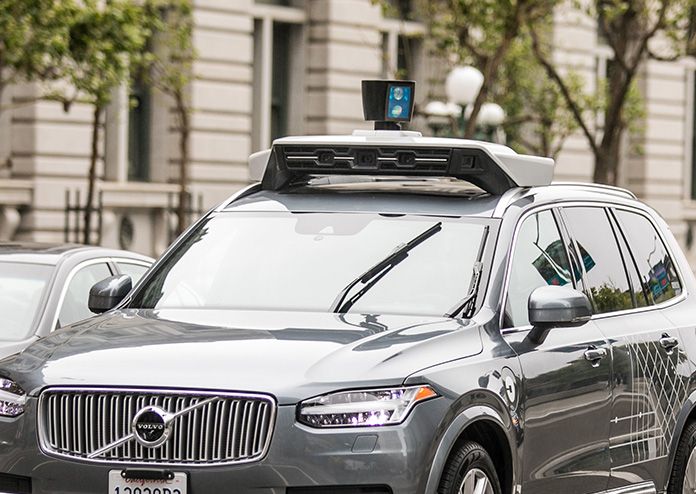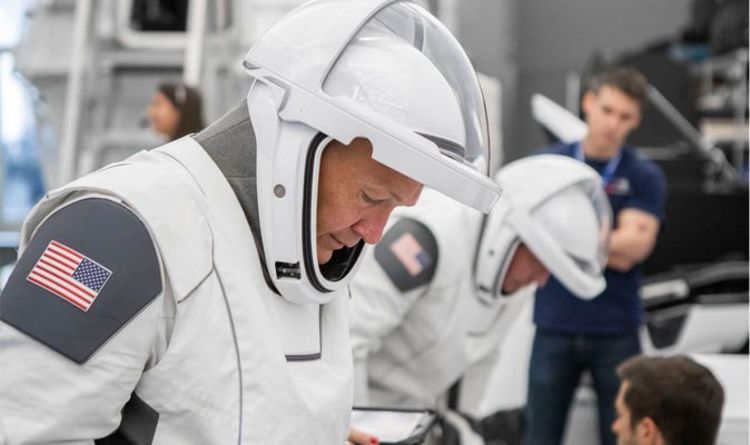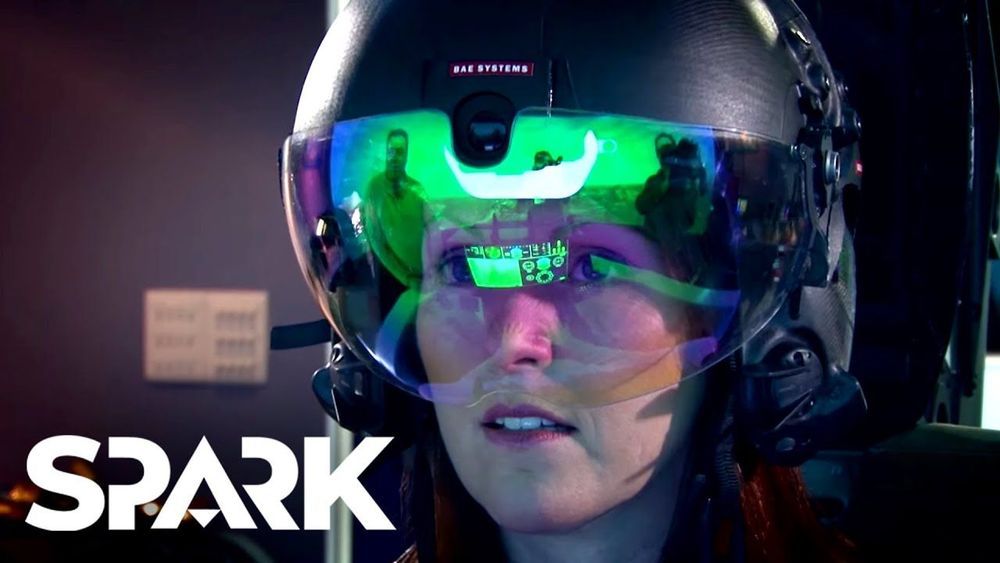Aug 9, 2019
How Do Self-Driving Cars Work?
Posted by Genevieve Klien in categories: robotics/AI, transportation
Driverless cars seem straight out of the future, but thanks to developments in autonomous vehicle technology, that future could be right around the corner. Similar to the incremental adoption of electric cars — with hybrid models hitting the road first—car manufacturers have been introducing driverless features to conventional vehicles for some time now. Already on the road today we have partially autonomous vehicles, cars and trucks with cruise control, braking assistance and self-parking technology. And industry specialists predict that fully autonomous vehicles could be on the market in a matter of a few years.


















